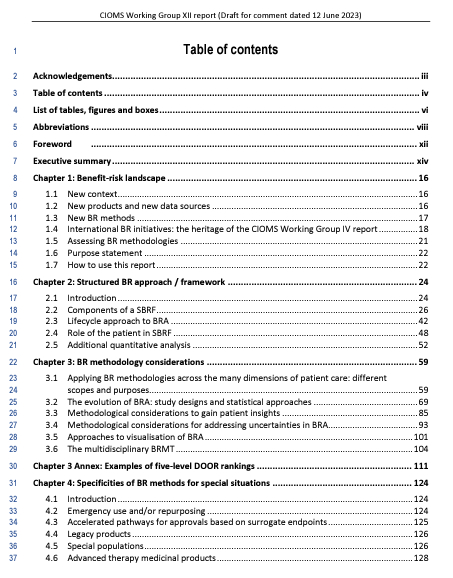Over the holidays, while catching up on nitrosamines reading, I could not help reflecting on a common question that I am asked: ‘How do you determine the severity risk factor of nitrosamine?’. Anybody in charge of risk assessments has faced this question once a risk is identified. While I will not try to provide a perspective from the toxicological point of view (because it’s not my area of expertise), I would like to share a perspective I came across recently from the strictly quality risk management (QRM) point of view.
If you are familiar with ICH Q9, Quality risk management is a systematic process for assessing, controlling, communicating, and reviewing risks to the quality of the drug product across the product lifecycle. A standard method to undertake the analysis of the identified medicinal product at risk is the Failure Mode Effect Analysis (FMEA) or Failure Mode.
FMEA assesses the factors causing the failures and the likely effect of these failures on outcomes and/or product performance. The first step in FMEA is to develop a working matrix that identifies all information categories that are intended to be studied, which in this case were identified through the design of a fishbone diagram (we all have seen these fishbones for Nitrosamines Risk assessments). The next step is to rate the importance of the identified failure in terms of its probability of occurrence (P) based on the controls in place, severity (S), and ability to be detected (detectability, D)
SEVERITY (S) assumed that nitrosamine impurities were present in the drug products to be evaluated, and the following factors are considered to estimate the health impact of those impurities’ presence: maximum daily dose of the medicinal product, duration of treatment, therapeutic indication and number of patients treated. The contribution of each of the mentioned factors is estimated: 30% attributed to the maximum daily dose, 30% duration of the treatment, 30% therapeutic indication, and the remaining (10%) attributed to the number of patients treated.
As for levels, Different levels or scores were considered for the factor maximum daily dose, which is established based on the “Thresholds for Degradation Products in New Drug Products” of the ICH guideline Q3B (R2) – Impurities in New Drug Products
• < 1mg (1)
• 1 – 10 mg (2)
• > 10 – 100mg (3)
• > 100mg – 2g (4)
• > 2g (5)
As for the duration of treatment, the levels considered are assumed from the EMA document Questions and Answers on “Information on nitrosamines for marketing authorization holders” and are also the levels used in the ICH guideline M7 (R1)
• 1 day – 1 month (2)
• 1 month – 1 year (3)
• 1 year – 10 years (4)
• 10 years – lifetime (5)
Regarding therapeutic indication, two subtopics were considered:
• Patient population - The public for which the medicinal product is intended may increase the risk posed by a deviation for the patient’s health and safety, thus, the evaluation should consider the vulnerability of the patients who may take the medicine. Paediatric or geriatric patients, pregnant women, neonates and immunocompromised patients usually have higher vulnerability. Considering that two levels were defined: level 1, when the drug product is indicated to none of that specific patient populations, and level 5 in cases where the drug product is indicated for at least one of those patient populations
• Place of action - Medicinal products with local action usually present a lower potential to cause damage to the patient’s health when compared with products with systemic action.99 With that in mind, two levels were defined: level 1, when the drug product has local action, and level 5, for a drug product with systemic action.
The number of patients treated can be based on the availability of the drug product:
• Discontinued drug product (1)
• Orphan drug, or drug product belonging to a therapeutic class with low use (2)
• The drug product belongs to one of the most used therapeutic classes, however it is one of the least sold products within that class (3)
• The drug product belongs to one of the most used therapeutic classes, however the product has medium rotation within that class (4)
• The drug product belongs to one of the most used therapeutic classes and it is one of the most sold products of that class (5)
Hence, It is possible to summarize the severity calculation with the following equation:
S = (0.3 * MDD) + (0.3 * DT) + ((0.15 * PP) + (0.15 * PA)) + (0.1 * NPT)
S - severity, MDD - maximum daily dose, DT - duration of treatment, PP - Patient population, PA - Place of action, NPT - number of patients treated
![]() Do you apply FMEA to your risk assessment ranking? Is this a potential model to rank internal priorities and mitigation? Can a similar model be applied to the famous RISK-BENEFIT equation?
Do you apply FMEA to your risk assessment ranking? Is this a potential model to rank internal priorities and mitigation? Can a similar model be applied to the famous RISK-BENEFIT equation?
